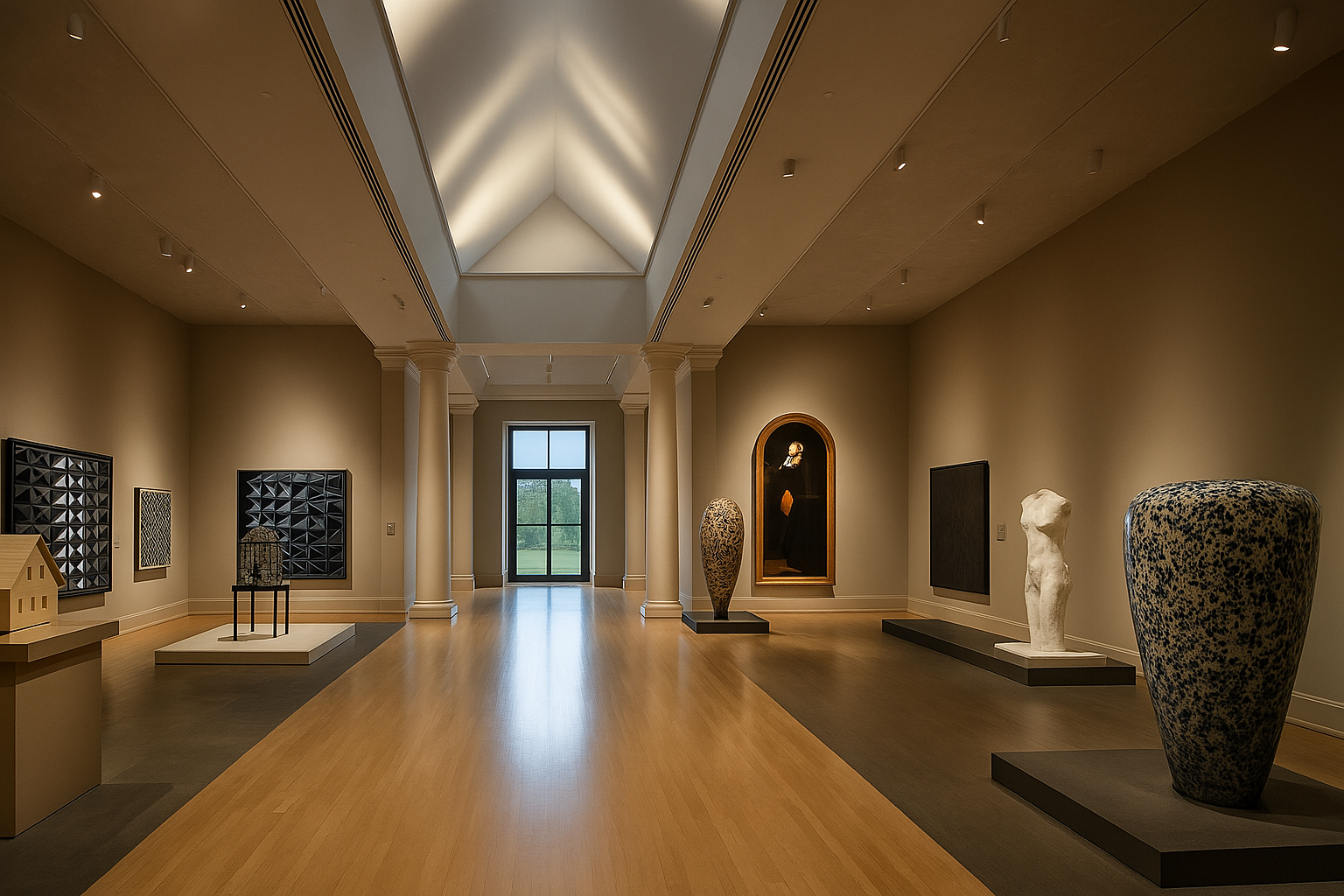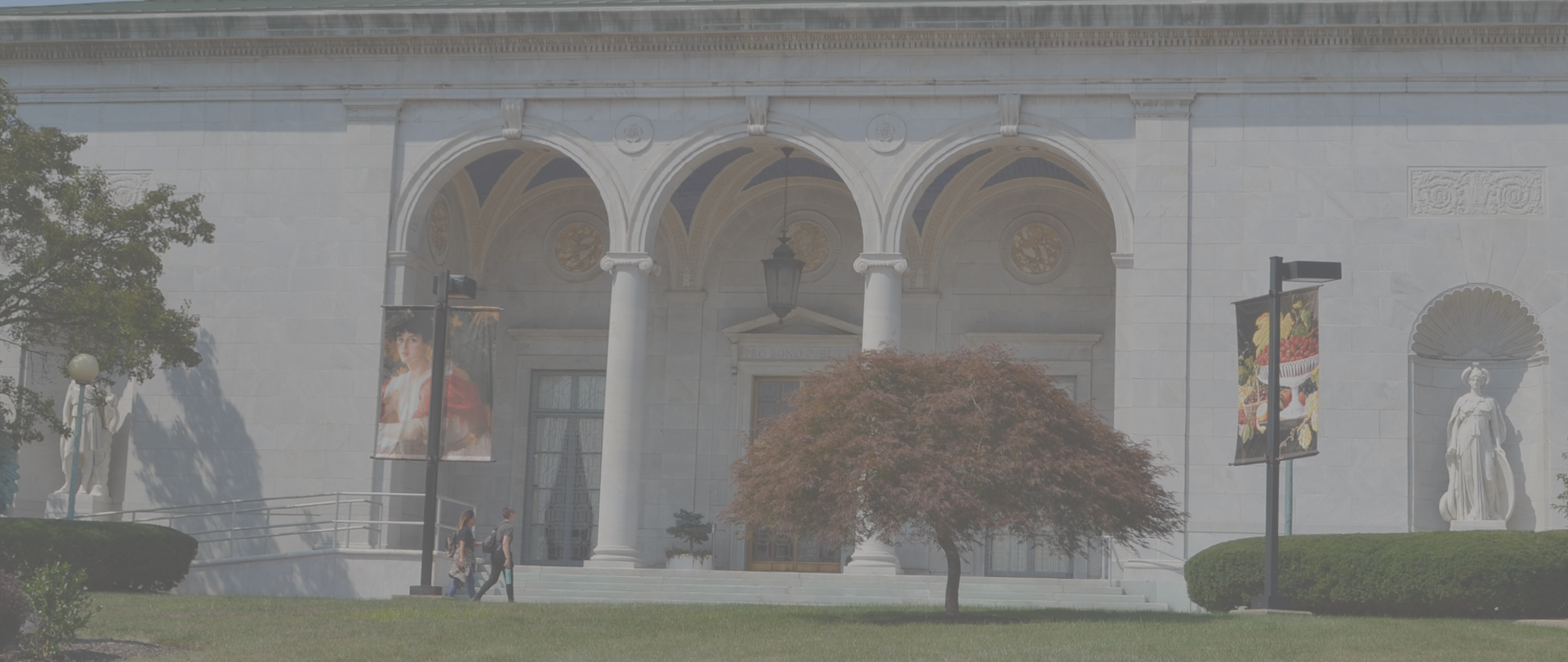introduction
The Detroit Institute of Arts (DIA), located in Detroit, Michigan, is a renowned cultural institution, celebrated for its dedication to preserving and showcasing art from across the globe. For over a century, the DIA has been a cornerstone of the art community, offering visitors an immersive experience with a vast collection that spans diverse periods, cultures, and artistic movements. From ancient civilizations to contemporary pieces, the museum’s collection reflects the broad and rich history of human creativity.
At a glance
Founded: 1885
Location: Detroit, Michigan
Type: Encyclopedic art museum with a global collection
Annual Visitors: Approximately 677,500
Collection: Over 65,000 works spanning ancient civilizations to contemporary art
Size: 658,000 square feet, including over 100 galleries
The DIA remains committed to providing an exceptional visitor experience while ensuring the protection and preservation of its invaluable works of art. To achieve this balance, the museum partnered with Art Sentry, implementing advanced security measures that safeguard the collection without compromising the accessibility and enjoyment of the art for its visitors.
challenge
Open Yet Secure
The Detroit Institute of Arts (DIA), with its vast collection of priceless artwork, faced a significant challenge in maintaining the delicate balance between securing its assets and ensuring an inviting visitor experience. With over 65,000 pieces of art, the museum’s traditional security methods, which relied heavily on manual monitoring and outdated camera systems, were no longer sufficient. According to Eric Drewry, Director of Protection Services at the DIA, “There reaches a point where you just can’t afford to put security guards in every room,” highlighting the impracticality of relying on personnel alone to cover the museum’s vast space.
Moreover, the museum’s existing DVR-based camera system could not adequately bridge the gap, leaving critical vulnerabilities in asset protection. In addition to security concerns, the DIA was committed to preserving the aesthetic and historical integrity of its galleries. Any new security measures had to be highly discreet so as not to interfere with the visitor experience or the museum’s architectural heritage.

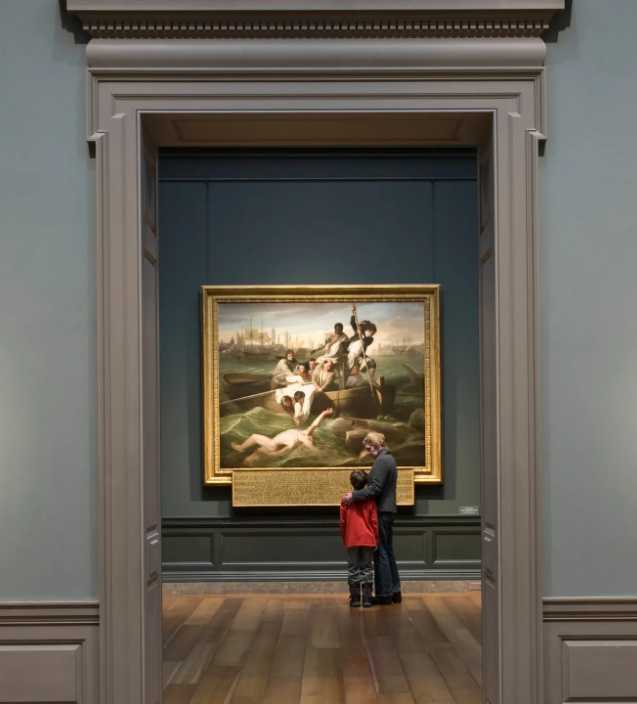
Process
Implementing Comprehensive Security Measures
To address the unique security needs of the Detroit Institute of Arts (DIA), Art Sentry followed a comprehensive process tailored to the museum’s specific requirements. The collaboration began with an initial consultation to assess DIA’s challenges, including the need for non-intrusive yet effective protection for their expansive collection. Following this, a detailed needs assessment allowed Art Sentry to identify vulnerable areas, particularly in galleries with high visitor traffic.
Art Sentry then proposed a solution integrating Axis’ discreet quad-streaming technology, ensuring wide coverage without disrupting the museum’s aesthetic. After reviewing and revising the proposal to meet DIA’s budget and logistical constraints, the final system was implemented. The installation of Art Sentry’s Object Protection Software, combined with Axis cameras, created invisible protection zones around key pieces, enabling real-time alerts and automated responses to breaches.
FEATURES
Integrations With Partners
To address the Detroit Institute of Arts’ (DIA) growing security concerns, Art Sentry collaborated with Axis to design and implement a highly customized surveillance solution. The process began by upgrading the museum’s outdated DVR camera system to a more advanced and discreet network of Axis cameras. These cameras were strategically installed across the museum’s galleries, using Axis F34 Main Units paired with F1015 sensor units. This multi-channel setup enabled the museum to cover wide fields of view (up to 97° per lens) while minimizing the visual disruption to the historic Beaux-Arts architecture.
Art Sentry’s Object Protection Software was then integrated with the Axis cameras to create invisible protection zones around each artwork. These zones were equipped with motion and virtual cross-line detection technology, allowing for automated alerts when a breach occurred. The entire process was structured to ensure that the new security measures not only safeguarded the collection but also enhanced the visitor experience by reducing the need for physical barriers and intrusive security personnel.
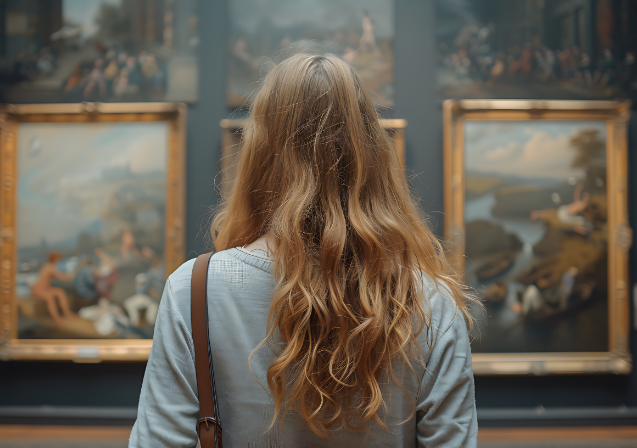
Results
The implementation of Art Sentry’s technology led to several improvements, as detailed below.
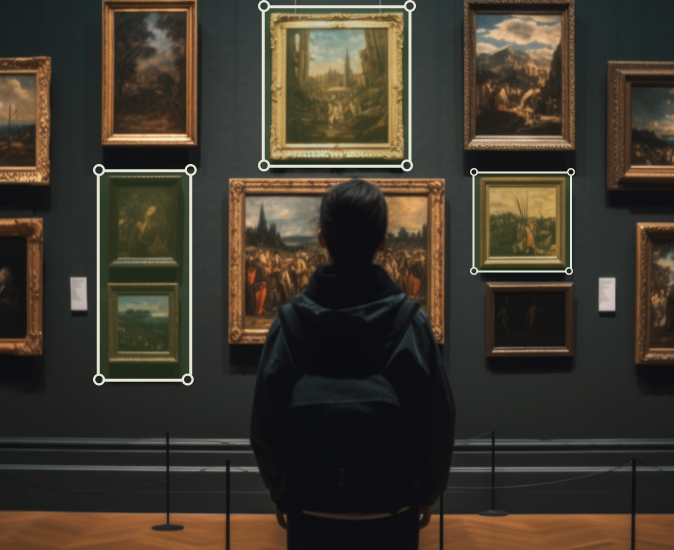
Results
Enhanced Visitor Experience
The system’s discreet design allowed for unobtrusive security measures, ensuring that visitors could engage with the artwork without feeling watched or intimidated. “It was important to us that whatever we implemented would be highly discreet,” said Eric Drewry, Director of Protection Services at DIA. The museum was able to avoid the need for visible, intrusive security installations, significantly improving the ambiance of its galleries. As Drewry noted, “We don’t want to intimidate visitors. We want them to enjoy their museum experience.”
RESULTS
Protecting Objects
The combination of Axis cameras and Art Sentry’s Object Protection Software created invisible security zones around each piece of art, significantly improving the museum’s ability to detect and prevent incidents. According to Drewry, the new system allowed security staff to monitor artwork more effectively, leading to fewer violations and a reduced need for physical intervention. “Now they can go on patrol and feel confident that the cameras will catch anything that happens when they’re not in the room,” Drewry explained. The system reduced attempts to touch or interfere with the art by approximately 92%.


Results
Build Business Intelligence
The new technology allowed the DIA to gather valuable data, helping them proactively address security risks and improve resource allocation. The system’s ability to record and track incidents allowed the museum to identify “hotspots” where breaches were most frequent, enabling staff to take preemptive measures, such as adjusting signage or reallocating security personnel. “It’s helped us deploy resources and solutions more effectively,” Drewry said.
Conclusion
The collaboration between Art Sentry and Axis not only protected the DIA’s priceless collection but also improved visitor satisfaction and operational efficiency. The system provided the museum with the flexibility to enhance its security while maintaining its mission of making art accessible and enjoyable to all.

